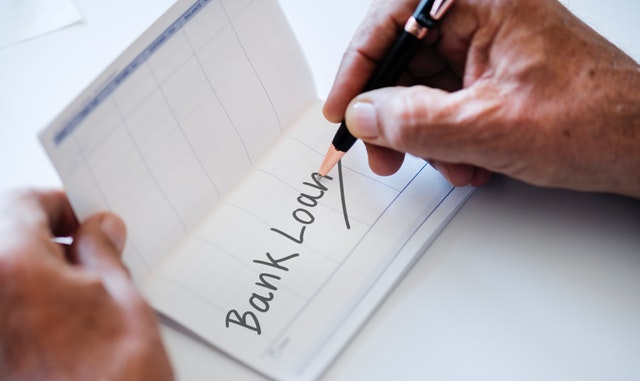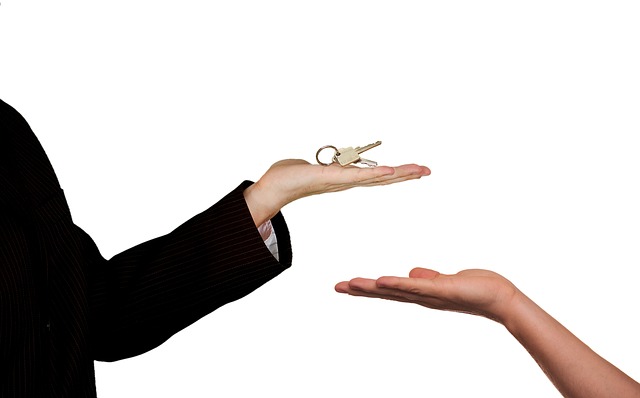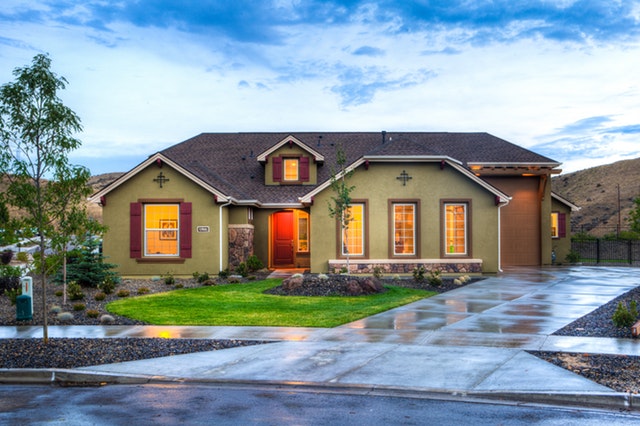 Renovations that create a multi-use property or the development of a new multi-use project can be a very attractive investment especially in urban areas that are undergoing redevelopment. The concept of multi-use is to make the most of the site that is revitalized or developed.
Renovations that create a multi-use property or the development of a new multi-use project can be a very attractive investment especially in urban areas that are undergoing redevelopment. The concept of multi-use is to make the most of the site that is revitalized or developed.
Multi-Use Projects
Typical multi-use projects have a mixture of retail space, restaurants, offices, and/or living spaces. They may include parking areas. Large multi-use projects can also become destination locations that are core improvements, which create a momentum for the gentrification of an entire area. Waterfronts, boardwalks, and walking promenades are successful as multi-use projects in many cities.
The advantages for investors in these projects include the ability to design the use of the space to maximize the return on investment (ROI). Depending on the area for the project’s construction, there may also be tax advantages.
Tax Advantages
Under the new tax laws, Opportunity Zones all across America have been created to stimulate redevelopment in areas that are distressed. The federal tax advantages include either delaying capital gain taxes or avoiding them altogether if investors hold the investments for more than ten years.
It is also possible to sell a project in an Opportunity Zone for a profit and then reinvest the proceeds under a tax exchange transaction into another investment in an Opportunity Zone and avoid paying the capital gains. Check with a competent real estate and tax attorney to learn how to set up an Opportunity Zone Fund to maximize the tax advantages.
Additionally, the financial basis used for calculating any profits on the second transaction is raised, thereby locking in the tax savings on the profits from the first transaction. This is a very effective strategy for build-to-suit developers who organize a multi-use development project in an Opportunity Zone with the intent to sell it.
State, County, And Municipal Support
Depending on the location, there may be state, county, and/or municipal support in terms of tax abatements and contribution of the land and funds for the development of a multi-use project.
Lack Of Basic Services
Another key consideration is that many Opportunity Zones lack sufficient basic services. Some neighborhoods do not even have a grocery store. A multi-use development, in a distressed neighborhood, which offers services and stores for these basic needs, is likely to experience an immediate consumer demand for the offerings.
Loans And Investment Funds For Multi-Use Projects
Lenders are more attracted to multi-use projects because of the possibility of higher average rents per square foot that will cover the monthly mortgage payments. Multi-use projects can be successfully funded by crowd-sourcing techniques as well.
Opportunities For Real Estate Agents And Brokers
REALTORS® have commission-earnings potential in the sale/acquisition of the properties for a multi-use development, leasing out the properties when developed, and selling a project upon construction completion or after being leased out.
Conclusion
The advantages of multi-use approaches as a development project are significant. There is plenty of support available in many parts of the country for these projects. REALTORS® benefit from many opportunities for commissions on each project as the development begins, the project is leased out, and then potentially sold.
Be sure to partner with a trusted real estate professional if you are interested in purchasing and developing a multi-use property.
 What happens when you suddenly get a notice to pay your mortgage to a company you may have never heard of? How do you determine if this is a legitimate request or a scam?
What happens when you suddenly get a notice to pay your mortgage to a company you may have never heard of? How do you determine if this is a legitimate request or a scam? Many who are financially sound got that way by being skilled at accumulating wealth. The question is, did they also accumulate quality of life? Working all the time to build wealth, while at the same time lacking happy experiences with those who are important, is not creating a rich life. Here are some ideas to promote both a healthy and wealthy lifestyle.
Many who are financially sound got that way by being skilled at accumulating wealth. The question is, did they also accumulate quality of life? Working all the time to build wealth, while at the same time lacking happy experiences with those who are important, is not creating a rich life. Here are some ideas to promote both a healthy and wealthy lifestyle. Trading land like a billionaire relies on three simple premises. The first one is to acquire the land for cheap. The second one is to never intend to sell it. The third one is, if you trade it, trade up.
Trading land like a billionaire relies on three simple premises. The first one is to acquire the land for cheap. The second one is to never intend to sell it. The third one is, if you trade it, trade up. For those who have not taken a look at the innovative technology that is now used to make artificial grass, they will be surprised at how realistic some of the newest products look when compared to living grass. Installing artificial grass, which is high quality, does not come cheap.
For those who have not taken a look at the innovative technology that is now used to make artificial grass, they will be surprised at how realistic some of the newest products look when compared to living grass. Installing artificial grass, which is high quality, does not come cheap. Real estate agents, who are successful, know that getting listings is the life energy of their business. It is boring to sit around waiting for a new client to call. It is expensive to spend extraordinary amounts of money on general advertising to get listings. Clever real estate people learn how to find properties for sale before they are listed.
Real estate agents, who are successful, know that getting listings is the life energy of their business. It is boring to sit around waiting for a new client to call. It is expensive to spend extraordinary amounts of money on general advertising to get listings. Clever real estate people learn how to find properties for sale before they are listed. Home price growth slowed in February according to the Case-Shiller 20-City Home Price Index. Home price growth hit its lowest rate in more than six years; this indicates that the roaring growth of home prices is settling and could provide opportunities for more would-be buyers to enter the housing market.
Home price growth slowed in February according to the Case-Shiller 20-City Home Price Index. Home price growth hit its lowest rate in more than six years; this indicates that the roaring growth of home prices is settling and could provide opportunities for more would-be buyers to enter the housing market. If this is your first time working with a real estate agent, you may be wondering how often you’ll be in contact with your real estate agent. Obviously, you want to be sure they’re still working for you even when you don’t hear from them. So how often should your real estate agent contact you, and when?
If this is your first time working with a real estate agent, you may be wondering how often you’ll be in contact with your real estate agent. Obviously, you want to be sure they’re still working for you even when you don’t hear from them. So how often should your real estate agent contact you, and when? When you started thinking about putting your house up for sale, you probably made a list of repairs that need to be done ahead of time. If that list was long, you might be at a point where you’re asking if it’s all worth it. Will prospective buyers really notice the little things? And even if they do, will that affect how much you’re able to get for your home?
When you started thinking about putting your house up for sale, you probably made a list of repairs that need to be done ahead of time. If that list was long, you might be at a point where you’re asking if it’s all worth it. Will prospective buyers really notice the little things? And even if they do, will that affect how much you’re able to get for your home? No doubt you’ve been told that curb appeal will help sell your home. But if money is short you’ll need to do some curb appeal on a budget tricks.
No doubt you’ve been told that curb appeal will help sell your home. But if money is short you’ll need to do some curb appeal on a budget tricks.